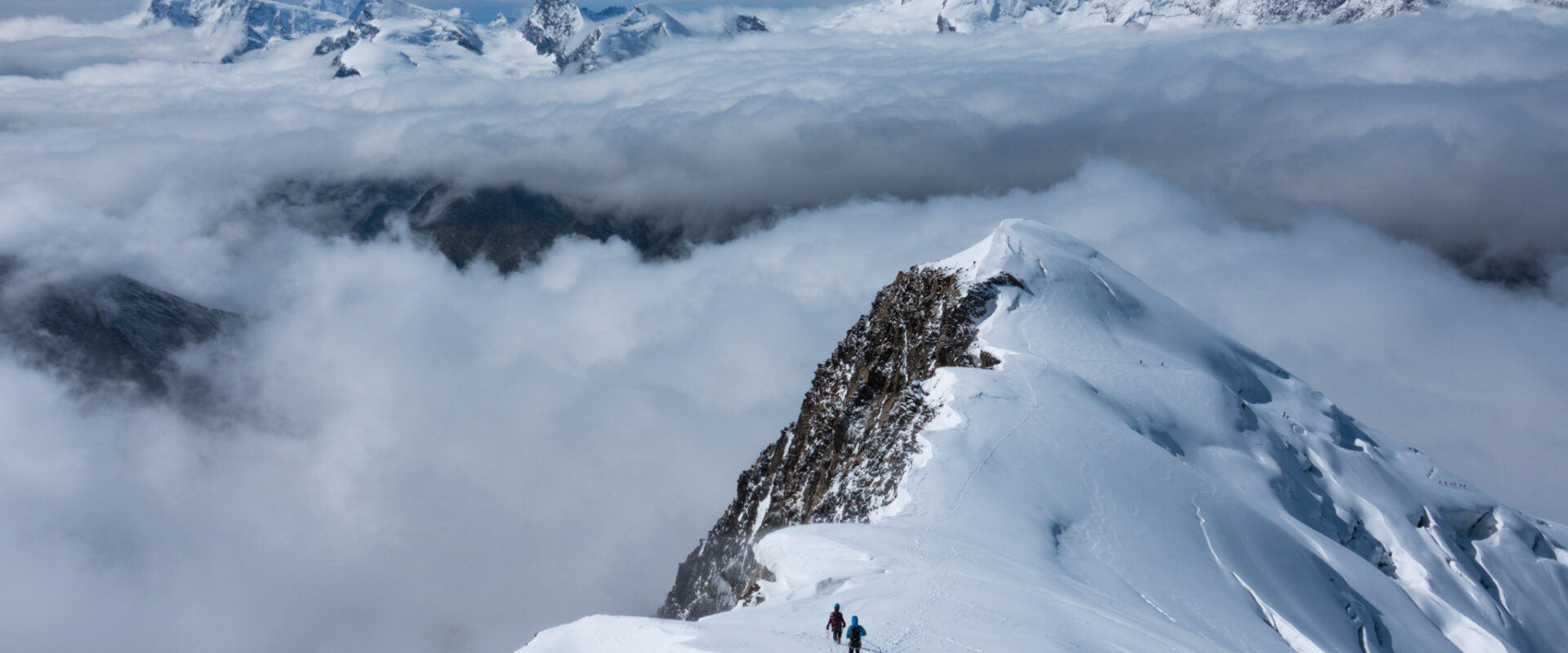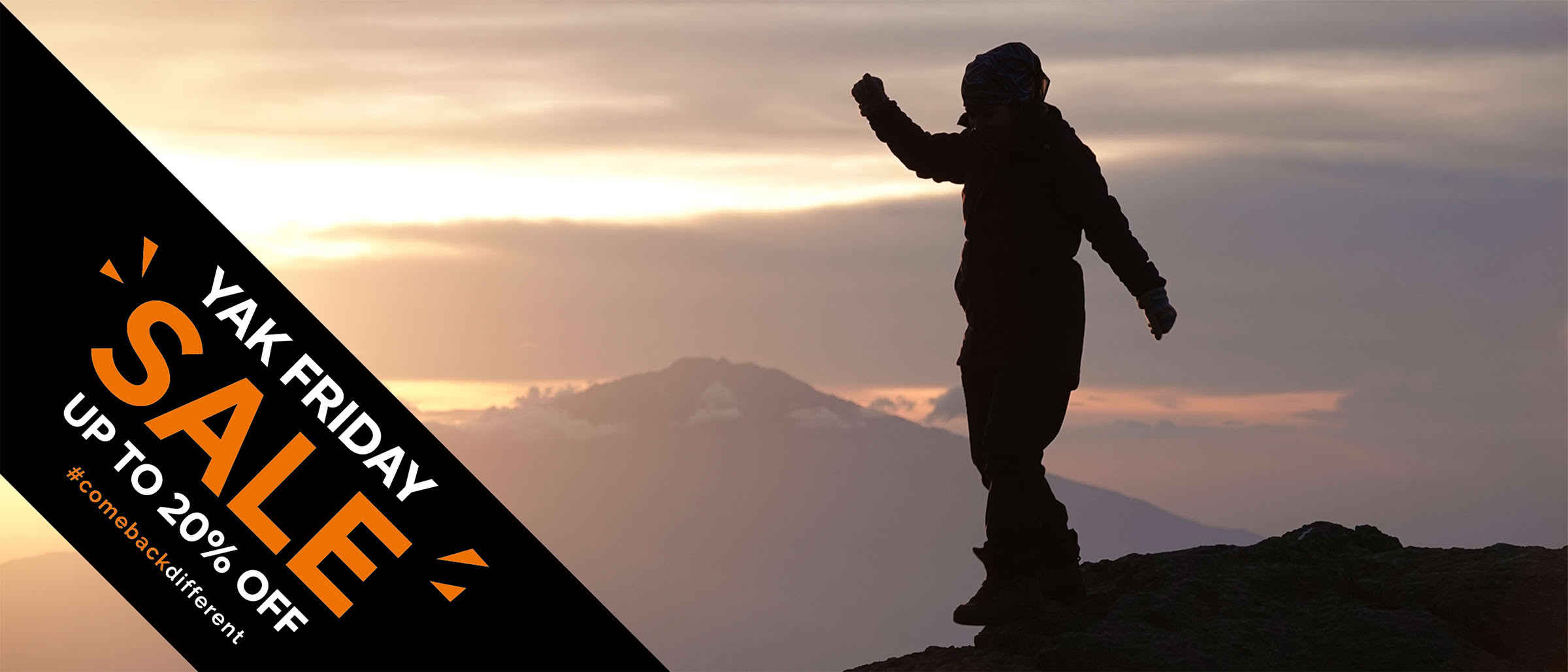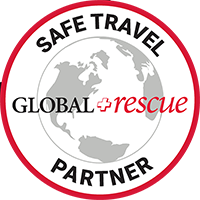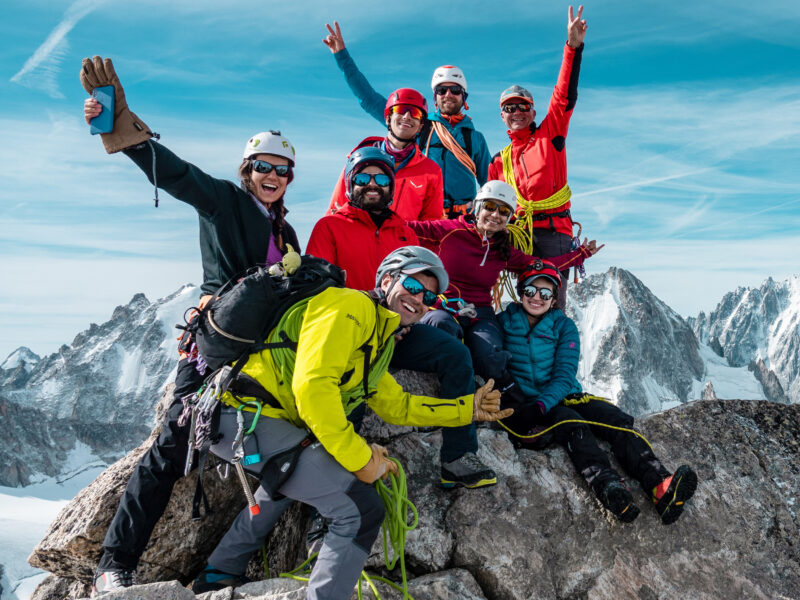BY Rami Rasamny | July 22 2025
How Hard Is It? Ranking Popular Summit Objectives by Challenge and Preparation

How do you know if you’re ready for a summit?
From your first steps on Mount Toubkal to standing atop alpine giants like the Matterhorn or Ama Dablam, understanding how physically and mentally demanding each mountain is will help you choose your next objective with confidence.
At Life Happens Outdoors, we believe that climbing isn’t just about summits. It’s about sustainable growth. That means understanding where you are now and where you want to go. This guide breaks down some of the world’s most popular summits into five progressive levels so you can train, prepare, and get the most out of every adventure.
Entry Level Trekking Summit
Mount Toubkal (4167 m, Morocco)
North Africa’s highest peak is the perfect first summit. Nontechnical and achievable in two days, Toubkal is ideal for those with general fitness and a sense of adventure. The altitude and sustained uphill hike still require preparation.
Required fitness: Basic trekking fitness and altitude awareness
Technical skill: None
Preparation time: 4 to 6 weeks of regular hiking and cardio training
High Altitude Trekking Objectives
Mount Kilimanjaro (5895 m, Tanzania)
Africa’s highest mountain is often a trekker’s first taste of real altitude. While nontechnical, summit day is long and physically exhausting. Strong cardio fitness and mental stamina are essential to deal with altitude, cold, and fatigue.
Required fitness: Strong trekking endurance and resilience
Technical skill: None
Preparation time: 8 to 10 weeks of structured hiking and cardio
Mount Elbrus (5642 m, Russia/Europe)
The classic route up Elbrus is technically straightforward, but the high altitude, snow covered glaciers, and cold make it a serious objective. Crampons, ice axe, and rope work may be required depending on conditions.
Required fitness: High altitude fitness and cold weather stamina
Technical skill: Basic mountaineering (crampon use, glacier travel)
Preparation time: 10 to 12 weeks plus skills training
Mount Rainier (4392 m, USA)
Rainier blends alpine mountaineering with a high physical workload. Expect roped glacier travel, crevasse risk, and steep ascents while carrying heavier packs. A full alpine skillset is needed here.
Required fitness: Excellent strength and aerobic base
Technical skill: Intermediate mountaineering (rope systems, snow travel)
Preparation time: 12 to 14 weeks including skills practice
High Altitude Expedition Trekking
Island Peak / Lobuche East (6189 m / 6119 m, Nepal)
These trekking peaks introduce climbers to real Himalayan altitude and basic technical terrain. Expect fixed ropes, glacier crossings, crampons, and a true summit push at over 6000 meters.
Required fitness: Strong aerobic base and high altitude capacity
Technical skill: Basic alpine techniques (fixed ropes, crampons)
Preparation time: 14 to 16 weeks plus guided training
Chimborazo and Cotopaxi (6263 m / 5897 m, Ecuador)
Two classic Ecuadorian volcanoes that offer a step up from trekking peaks. The altitude is high and the terrain involves glacier travel, steep snow, and early summit pushes.
Required fitness: High endurance and strength at altitude
Technical skill: Intermediate mountaineering (glacier travel, snow slopes)
Preparation time: 16 to 20 weeks including skill development
Aconcagua (6961 m, Argentina)
South America’s highest mountain is long, cold, and incredibly demanding despite being technically nontechnical via the Normal Route. Expedition style endurance and a slow acclimatization schedule are the real challenge here.
Required fitness: Expedition fitness and strong mental stamina
Technical skill: None to minimal
Preparation time: 4 to 6 months with altitude specific preparation
Committing Alpine Summits
Mont Blanc (4808 m, France/Italy)
Mont Blanc is not just a high altitude hike. This is real alpine mountaineering involving glaciers, ridges, exposure, and unpredictable weather. Summit day can stretch to over 10 hours in full gear.
Required fitness: Top tier endurance and mountain readiness
Technical skill: Glacier travel, crampon use, scrambling
Preparation time: 14 to 18 weeks and prior alpine experience
Advanced Alpine and Technical Summits
Matterhorn (4478 m, Switzerland)
A true testpiece. The Matterhorn demands speed, technical ability, and absolute confidence in exposed terrain. Rock scrambling, mixed climbing, and route finding make it suitable only for experienced alpinists.
Required fitness: Elite alpine conditioning and sharp focus
Technical skill: Advanced climbing (scrambling, ropework, mixed terrain)
Preparation time: One to two years of prior alpine progression
Ama Dablam (6812 m, Nepal)
Ama Dablam is arguably the most beautiful mountain in the Himalayas and one of the most technically demanding. The climb involves steep rock, fixed ropes, exposed snow ridges, and nights spent on narrow ledges. This is a serious expedition for experienced climbers.
Required fitness: Expedition grade endurance and strength
Technical skill: Advanced mountaineering and rope systems
Preparation time: Multiple years of progression through trekking peaks and alpine climbs
Your Journey to the Summit Starts Here
Wherever you’re starting from, whether it’s your first hike up Toubkal or you’ve already bagged Kilimanjaro, there’s always a next level. And that next level is where transformation lives.
At Life Happens Outdoors, we guide climbers through every stage of this journey. From training tips and team support to world class expedition leadership, we’re here to help you come back different.
📌 Ready to take the next step?
- How to Get Into Mountaineering
- Mont Blanc Summit Course
- Chimborazo and Cotopaxi Expedition
- Ama Dablam Expedition with LHO
About The Author
Rami Rasamny is the founder of Life Happens Outdoors, a premium adventure travel community dedicated to transforming lives through curated outdoor experiences. A mountaineer and entrepreneur, Rami has led teams on some of the world’s most challenging peaks, from the Alps to the Himalayas. His mission is to make adventure accessible, transformative, and safe for all who seek to push their limits and Come Back Different.
About Life Happens Outdoors
At Life Happens Outdoors, we believe in the power of nature to transform lives. As proud members of the Adventure Travel Trade Association (ATTA) and the World Travel & Tourism Council (WTTC), our team of certified guides and outdoor professionals is committed to the highest standards of safety, sustainability, and excellence.
Discover more about our story and mission on our Meet LHO page, or explore our curated adventures such as the Tour du Mont Blanc Trek, the Climb of Kilimanjaro, and Chasing the Northern Lights.















